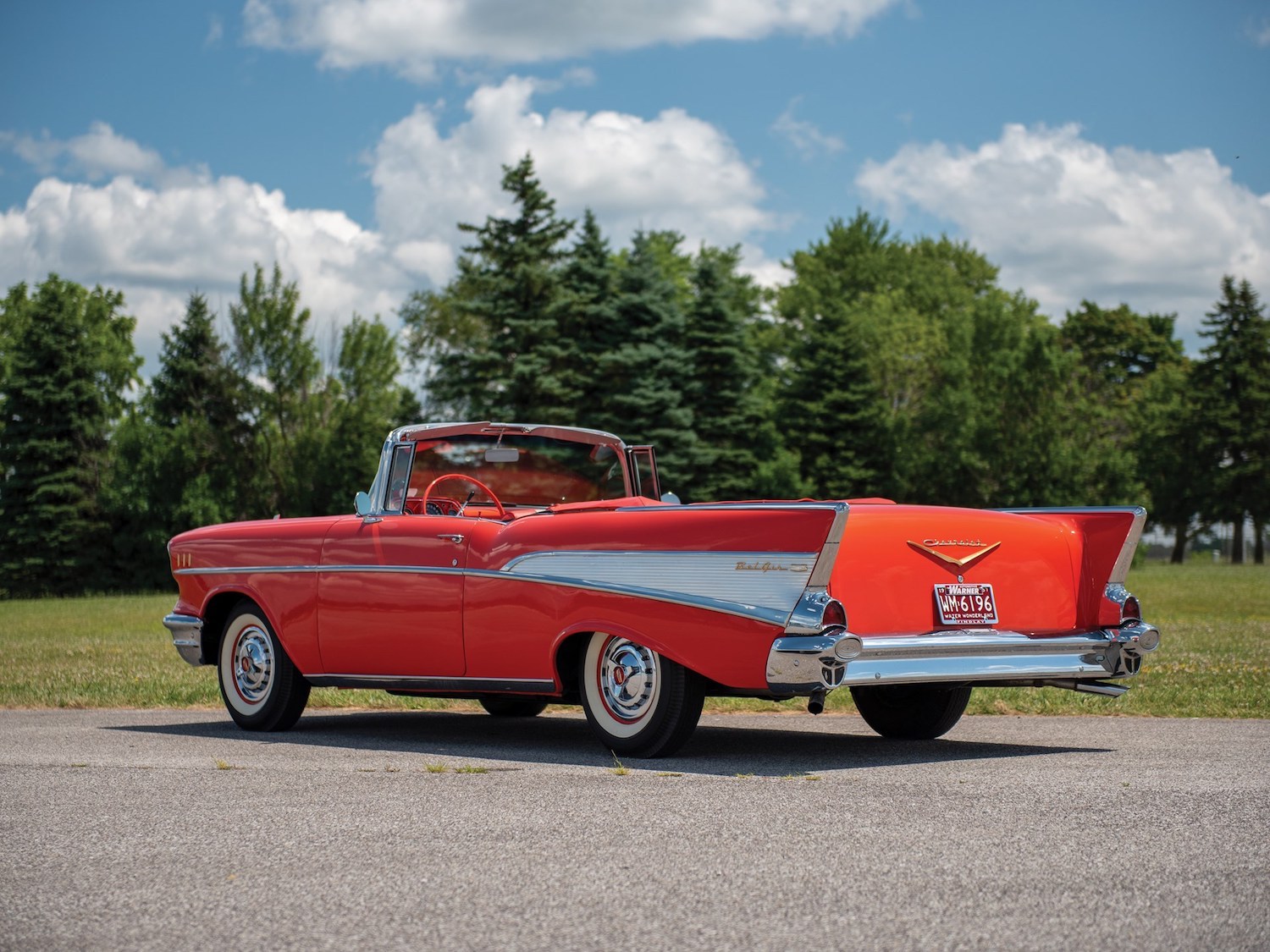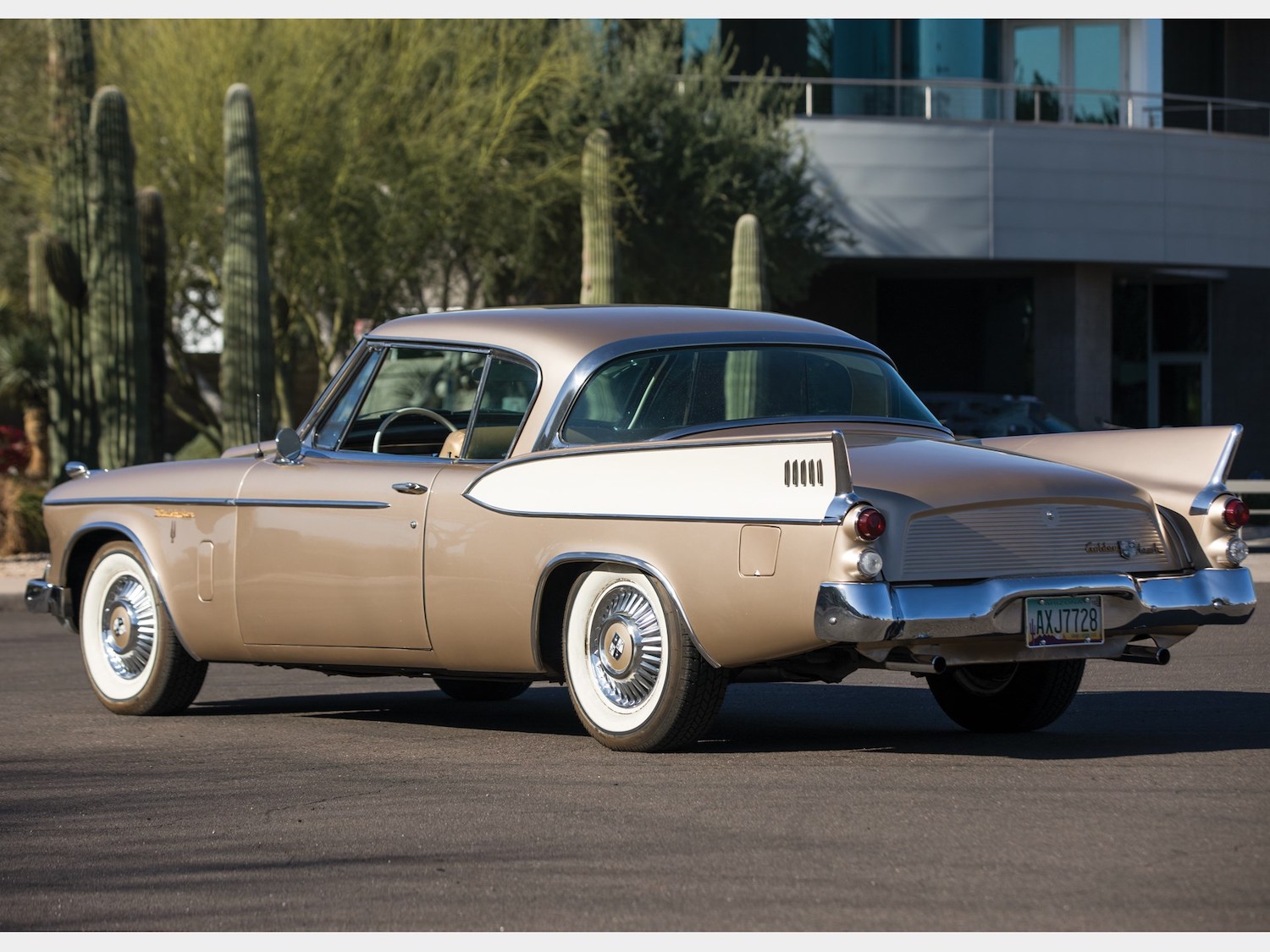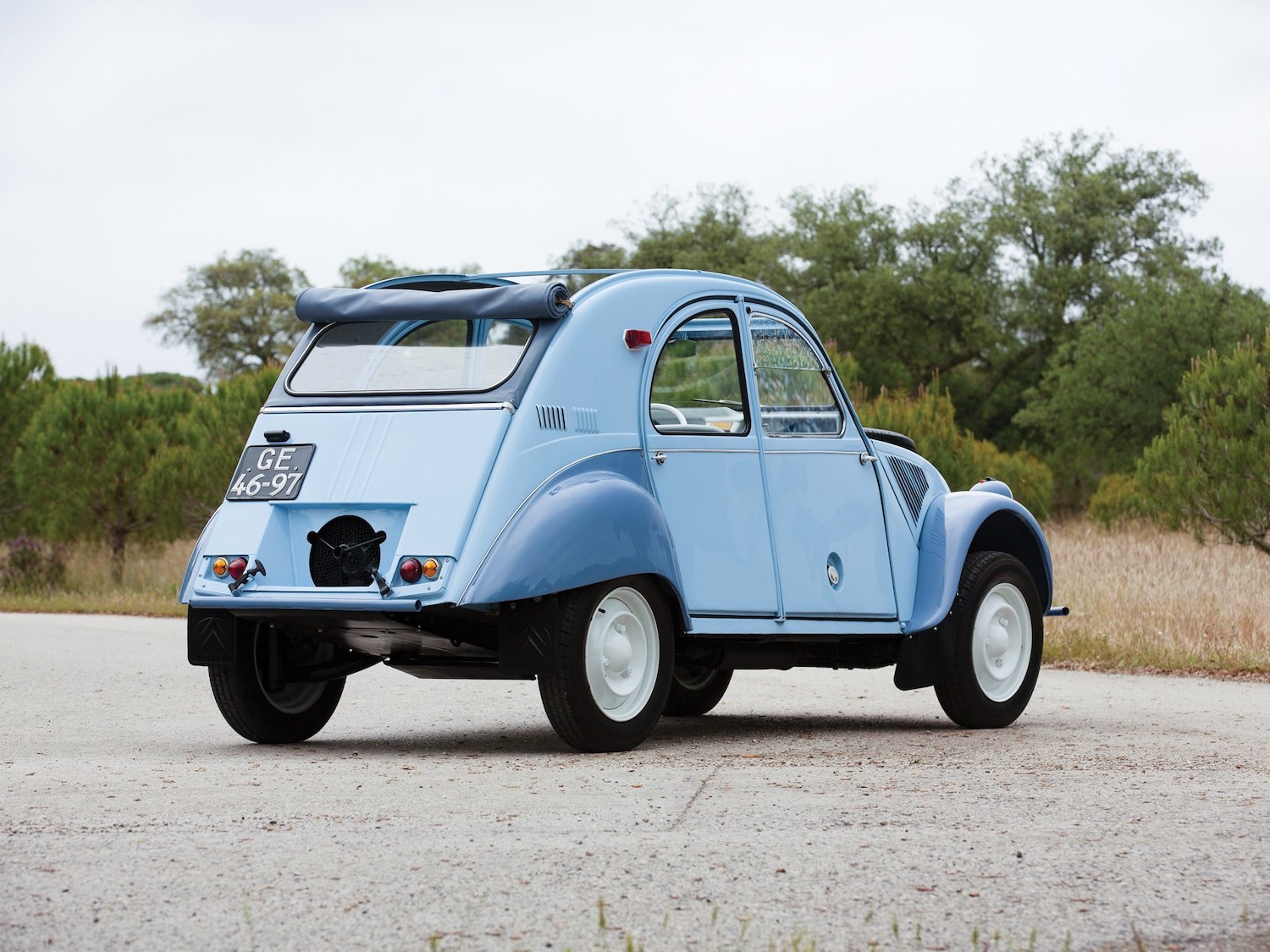5 of the best-ever factory two-tone cars
Modern cars lack a certain something when put up against the cars of yesteryear. Attempting to recreate the past has been a challenge for automakers in the past, with the list of safety requirements and technological expectations for modern automobiles getting ever longer.
However, one styling cue that has gone by the wayside is the two-tone paint job. Why did these eye-catching paint schemes disappear? It could be the cost and complexity associated with producing such visually appealing packages, or simply that new car designs don’t look their best with a color split dividing the body. Either way, there is something about a great two-tone paint job that is just classic.
To find the best two-tone paint, we put the question to the Hagerty Forums last week. The resulting top five are all great examples of just how good a split paint job can look. Here they are.
1955–57 Chevrolet Bel Air

Arguably one of the most quintessential classic cars, the Tri-Five Chevrolet was a car we expected among the top replies to this question. The higher-trim Bel Air models often wore a solid main color with white coves, split by polished stainless steel trim. The style became quintessentially ’50s, but no one did it quite like this Chevrolet—at least according to last week’s respondents.
1957 Studebaker Golden Hawk

During a decade where cars were rounded and almost pudgy, the Studebaker Hawk was athletic and taut. The Hawk’s design was inspired by Raymond Loewy and featured subtle fins accentuated with a splash of white color. The Golden Hawk was the top trim, and the combination of white and gold just works so well.
Austin Healey 3000

A beautiful British roadster, the Austin Healey 3000 was the final step in an evolution from the 100/4, which entered the market in 1953. The 3000 came out in 1959 and derived its name from the 2912cc straight-six found under its long and slender hood. The 3000 model was known as one of the “big Healeys” and featured a delightful two-tone paint scheme stretching from the trailing edge of the front wheel and opening onto the rear bumper.
1948–90 Citroen 2CV

The deux chevaux (think duh shuvoh) is a quirky economy car which captured the interest of buyers near and far long after its 1948–90 production run ended. Powered by a horizontally opposed, air-cooled two-cylinder engine, the 2CV is not a performance car in any interpretation of the phrase. It is, however, highly functional and quirky. Motor around in one for a while and you might even learn the proper pronunciation of baguette.
1956–62 Chevrolet Corvette

The Hagerty Forums express a bit of bias toward the Chevrolet brand and cars of the late 1950s, which is an understandable bent. The first generation Corvette is timeless. The body’s design is flowing and simple, with wide coves on the side tapering downwards just before the rear wheel well.
Though the second generation would give up the factory two-tone scheme, Chevy found other ways of keeping C1 styling in the Corvette family. Both 1961 and ’62 models received a redesigned rear section with a pronounced wedge tail; when placed side-by-side with a pre-’61 car and a ’63 example, this rear angle reveals the styling continuity from the C1 to the C2.
Of course, there are so many cars with great two-tone paint jobs. Be sure to leave a comment below if you think the readers missed one of the all-time greats last week. While over on the Hagerty Forums, let us know which car was doomed from the start.

